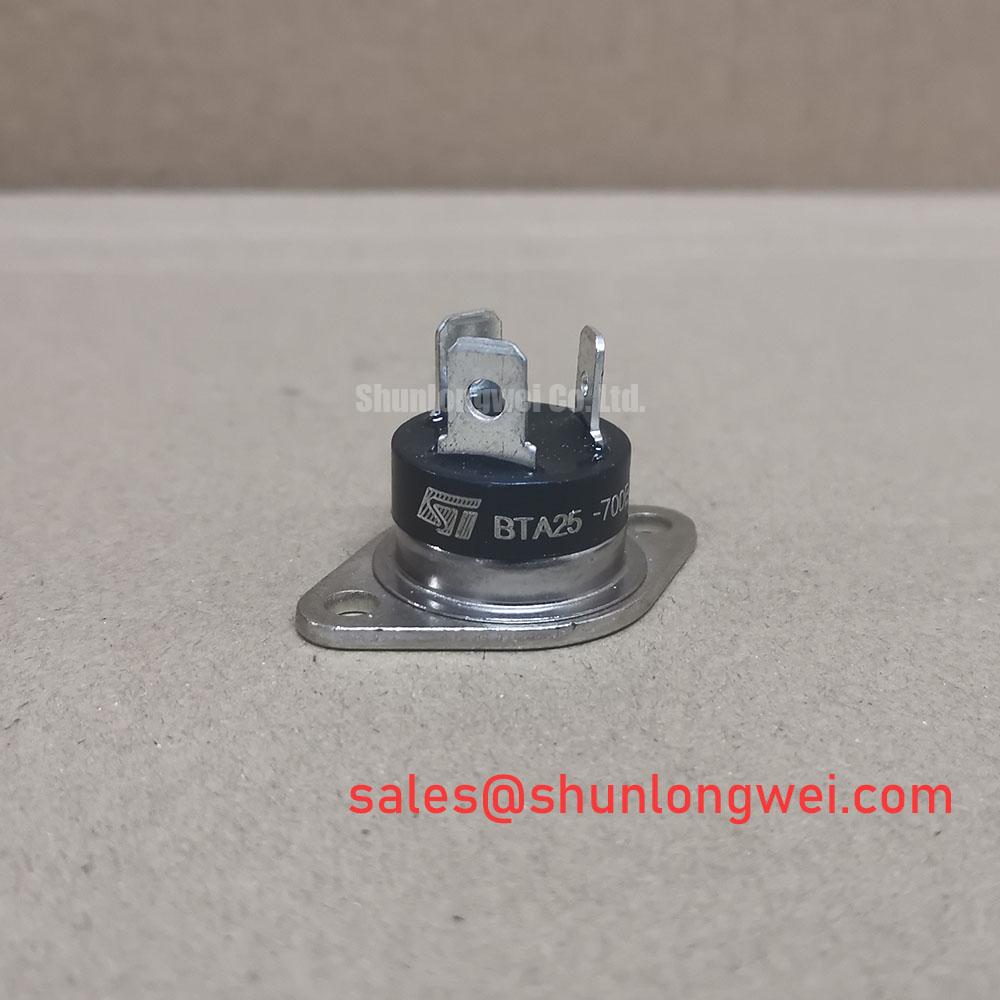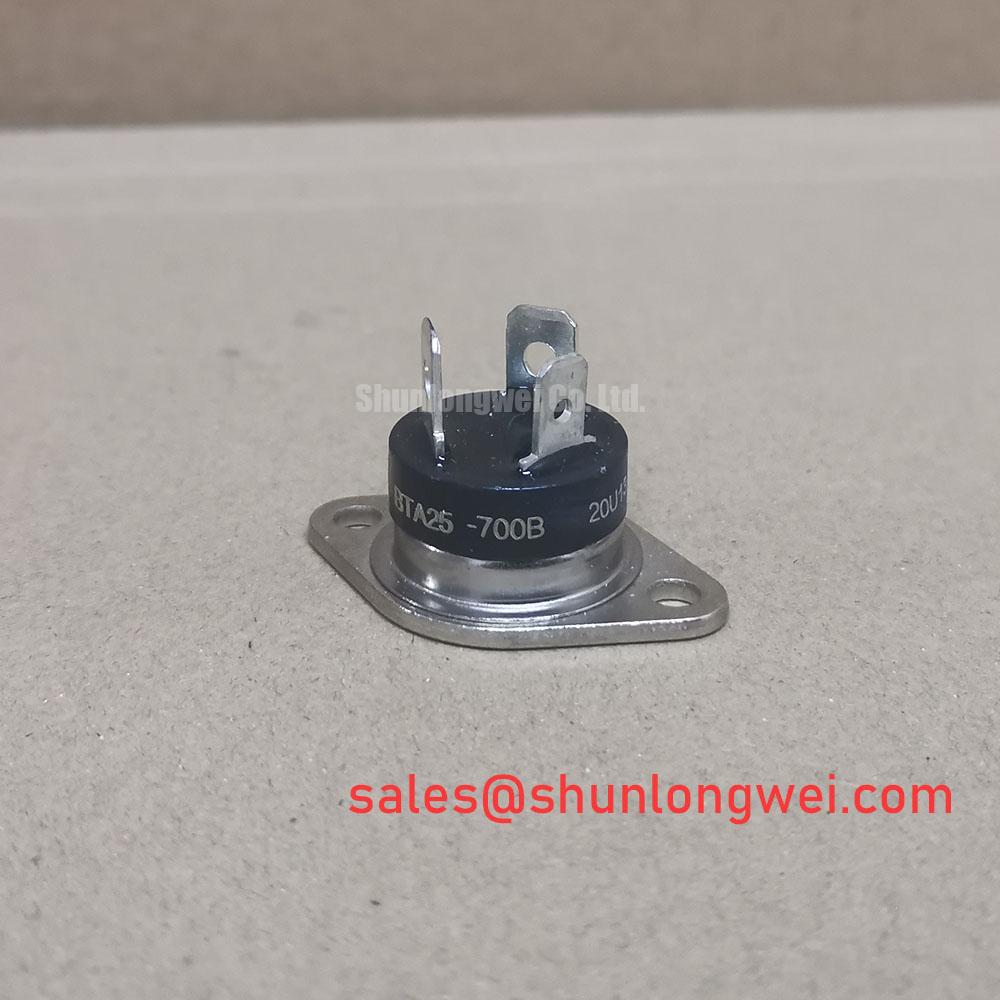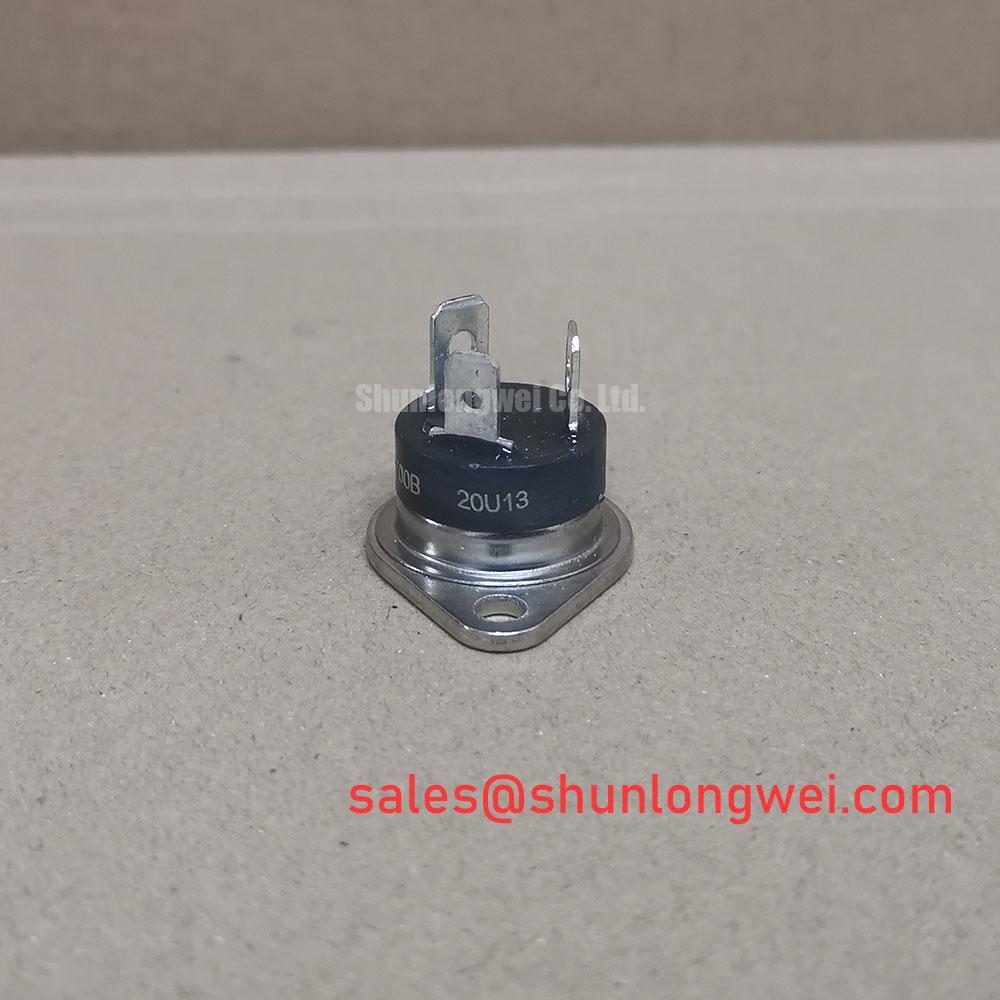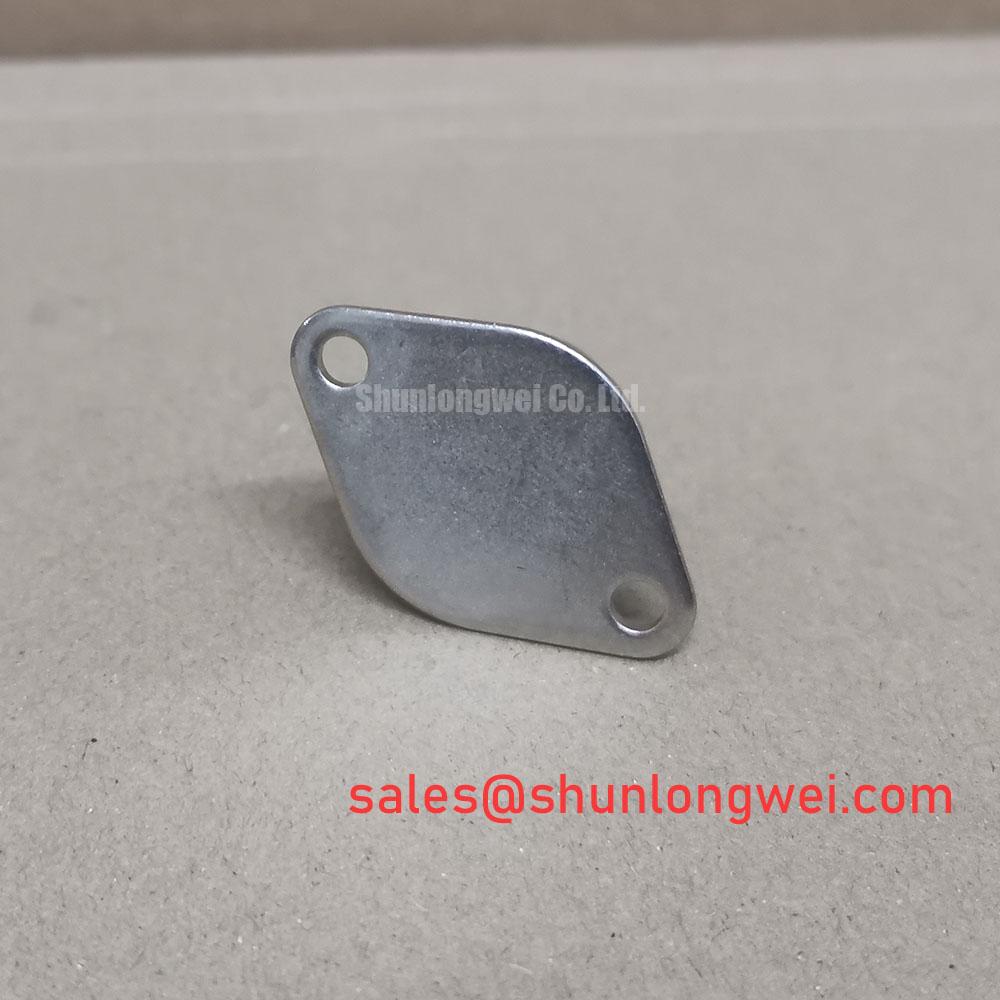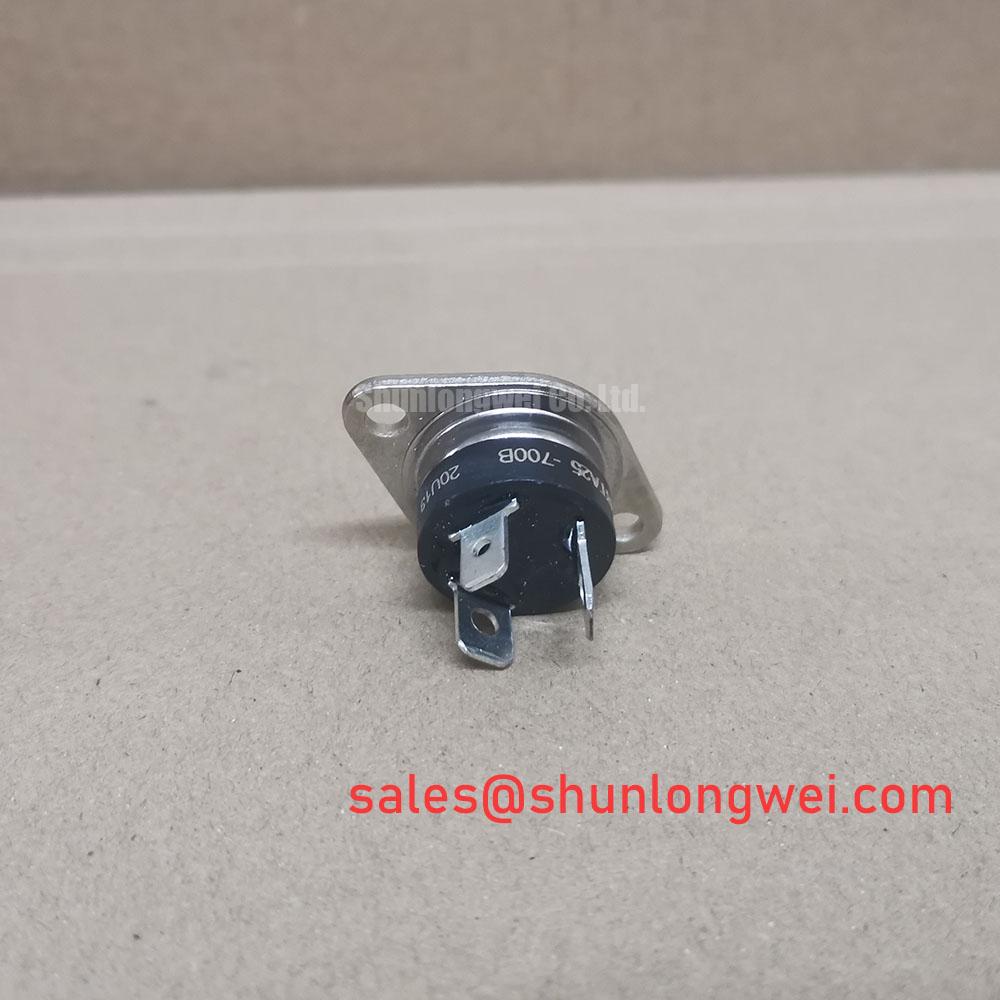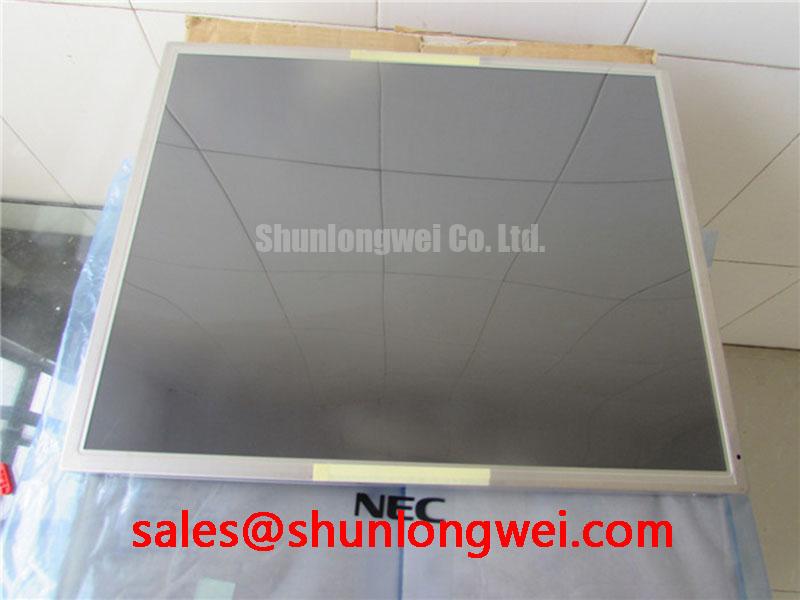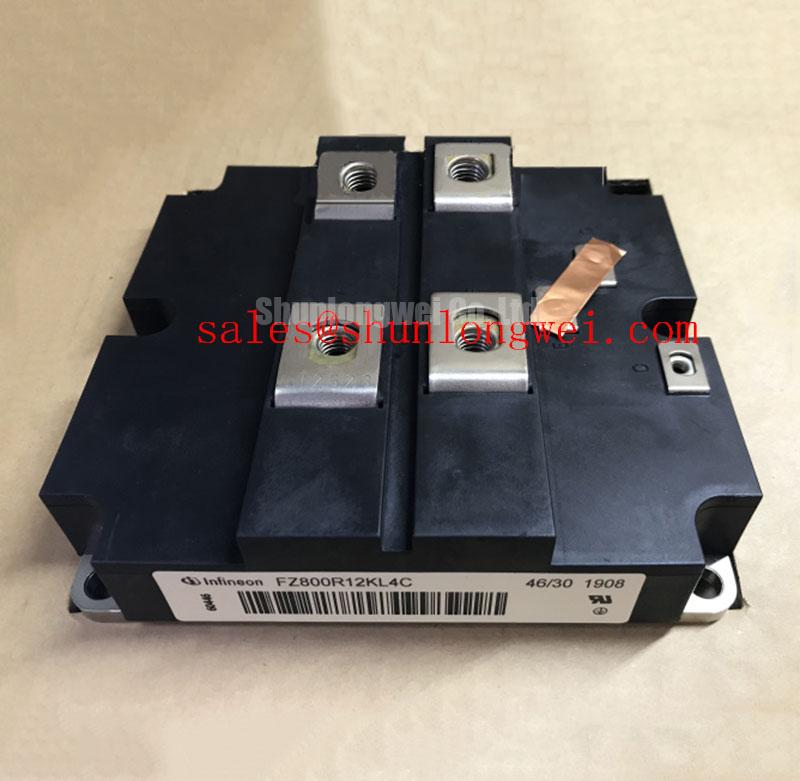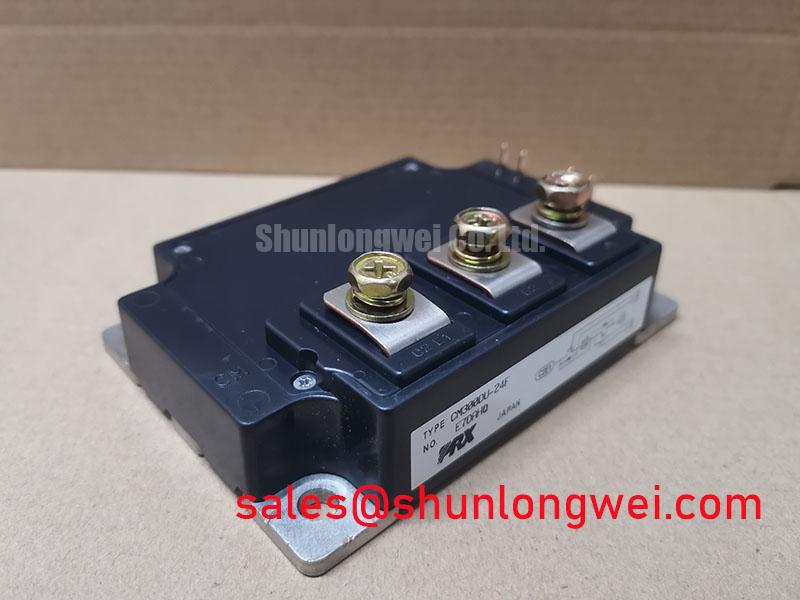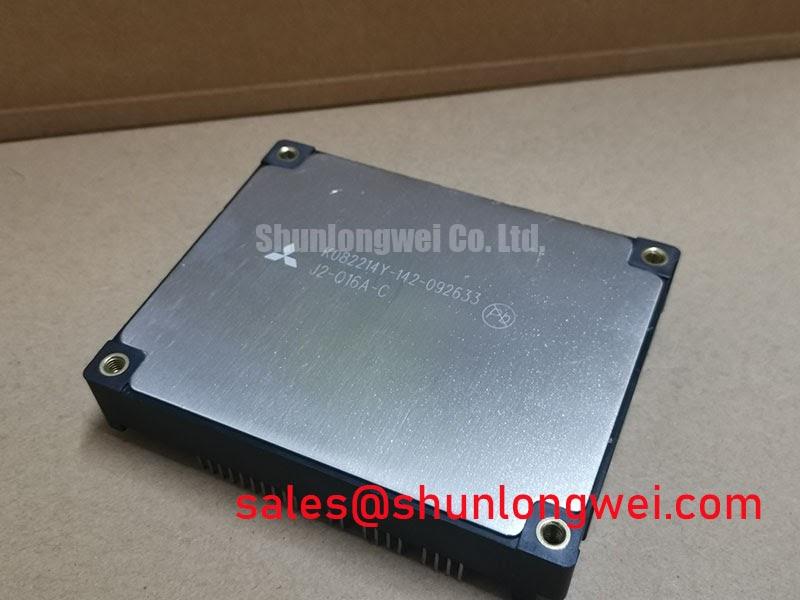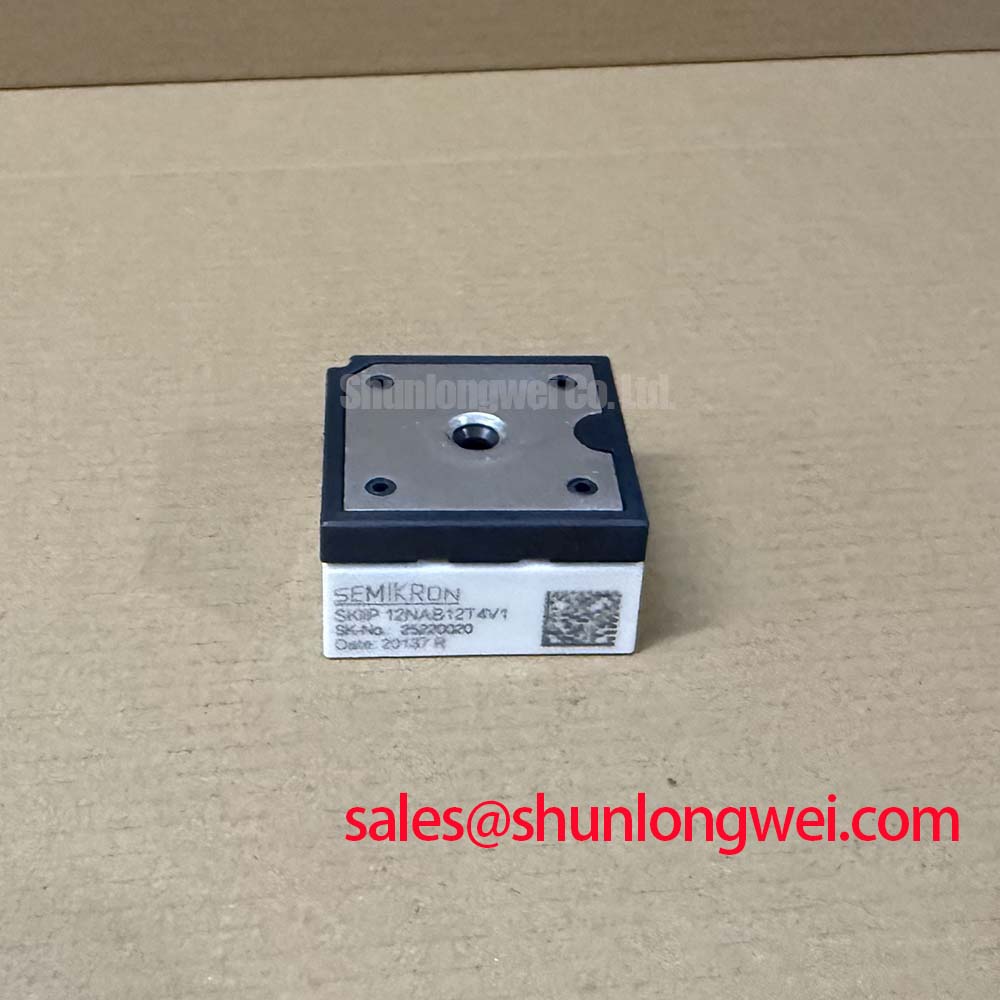BTA25-700B TRIAC: Robust 25A, 700V Power Control with Superior Thermal Performance
An Engineering-Centric Overview
Content last revised on October 5, 2025.
The BTA25-700B TRIAC provides highly reliable 25A AC switching with exceptional thermal management for demanding industrial and consumer applications. Engineered for both performance and manufacturing efficiency, this device integrates key features to ensure operational stability. Key specifications include: 700V VDRM/VRRM | 25A IT(RMS) | Rth(j-c) 1.0 °C/W. Its principal engineering benefits are a simplified thermal design and long-term operational stability. The device effectively controls high-power AC loads by offering a combination of high current capability and a low thermal resistance package, which streamlines heatsink integration. For mains-powered motor and heater controls requiring simplified thermal assembly and proven reliability, the BTA25-700B is the definitive choice.
Key Parameter Overview
Decoding the Specs for Thermal Efficiency and Electrical Robustness
The performance of the BTA25-700B is defined by its electrical and thermal characteristics. These parameters are critical for engineers to determine its suitability for high-power AC switching circuits, particularly where reliability and thermal management are primary design drivers.
| Parameter | Value | Engineering Significance & Value |
|---|---|---|
| Repetitive Peak Off-State Voltage (VDRM/VRRM) | 700 V | Provides a substantial safety margin for direct connection to 230V/240V mains, ensuring resilience against line voltage fluctuations and transients. |
| RMS On-State Current (IT(RMS)) | 25 A (Tc = 90 °C) | Enables direct control of high-power loads such as large appliance motors, heating elements, and industrial actuators without requiring oversized components. |
| Peak Gate Current (IGM) | 4 A (20 µs) | Indicates a robust gate structure, capable of handling the sharp current pulses common in trigger circuits, contributing to reliable device turn-on. |
| Junction to Case Thermal Resistance (Rth(j-c)) | 1.0 °C/W | This excellent thermal transfer capability is key to its performance. What is the benefit of low thermal resistance? It allows heat to be extracted from the silicon junction efficiently, enabling the device to run cooler, which directly enhances reliability and allows for more compact heatsink designs. |
| Maximum Junction Temperature (Tj) | 125 °C | Defines the upper limit for safe operation, a critical parameter for thermal design calculations to ensure long-term device lifespan. |
Download the BTA25-700B datasheet for detailed specifications and performance curves.
Application Scenarios & Value
System-Level Benefits in Industrial Motor Control and Resistive Heating
The BTA25-700B TRIAC is engineered for AC power control applications where high current handling and thermal reliability are non-negotiable. Its specifications make it an ideal component for phase angle control in circuits managing high-power inductive and resistive loads.
A high-fidelity engineering scenario is its use in the motor speed control for an industrial conveyor system. The primary challenge in such an application is managing the thermal stress from continuous operation and the electrical stress from the motor's inductive loads. The BTA25-700B directly addresses this with its 25A current rating and, more critically, its TOP3 insulated package. This package, internally insulated to 2500V RMS, allows direct mounting onto a heatsink or chassis without a separate insulating washer. This streamlines the assembly process, reduces the bill of materials (BOM), and eliminates a common point of failure—a cracked or improperly seated insulator. The result is a more reliable thermal interface, improved manufacturing throughput, and enhanced long-term system reliability.
Other key applications include:
- Industrial Process Control: Regulating power to large resistive heating elements in ovens and furnaces.
- High-Power Lighting Dimmers: Control for theatrical and commercial lighting systems.
- Appliance Motor Starters: Soft-start circuits for motors in washing machines, dryers, and vacuum cleaners.
- Solid-State Relays (SSRs): As the core switching element for robust industrial automation.
Frequently Asked Engineering Questions
Engineering Questions on Implementation and Reliability
1. How does the BTA25-700B's insulated TOP3 package benefit the manufacturing process?
The package's internal insulation eliminates the need for an external insulating pad (like mica or silicone) and a specialized bushing for the mounting screw. This reduces component count, simplifies the bill of materials, and shortens assembly time. It also creates a more consistent and reliable thermal path from the device to the heatsink, reducing variability in production.
2. What is the significance of the 700V VDRM rating for an application running on a 230V AC mains line?
A 700V rating provides a significant safety margin. Mains voltage can experience transient spikes and surges well above the nominal 230V. The 700V peak voltage capability ensures the device remains in its off-state and is not damaged by these common line disturbances, which is a cornerstone of designing robust and reliable mains-powered equipment.
3. Can the BTA25-700B handle the inrush current of large motors?
Yes, its non-repetitive surge peak on-state current (ITSM) is rated at 250A for a 20ms pulse. This high surge current capability is specifically designed to withstand the large, brief inrush currents typical of motor startup, preventing device failure during this critical phase of operation.
4. Why is glass passivation important for the long-term reliability of a TRIAC like the BTA25-700B?
Glass passivation is a manufacturing process that seals the active silicon junction with a layer of glass. This provides a hermetic-like seal, protecting the sensitive junction from contaminants, moisture, and ionic migration that can degrade performance over time and lead to premature failure. What is the primary benefit of its glass passivated die? Enhanced long-term reliability and stable electrical characteristics throughout the device's operational life.
5. For a 25A load, what is the primary consideration for heatsink selection with this device?
The primary consideration is the device's low junction-to-case thermal resistance (Rth(j-c)) of 1.0 °C/W. This value is the starting point for calculating the required thermal resistance of the heatsink to keep the junction temperature (Tj) below its 125 °C maximum under worst-case ambient temperature and power dissipation conditions. The efficiency of this device allows for a smaller, more cost-effective heatsink compared to components with higher thermal resistance.
Technical Deep Dive
A Closer Look at the Insulated Package and Glass Passivated Die Construction
Two fundamental design choices in the BTA25-700B directly contribute to its reputation for reliability and ease of integration: the construction of its package and the passivation of its semiconductor die.
The TOP3 package's integrated insulation is more than a manufacturing convenience; it is an engineering advantage for thermal management. A traditional setup using a non-insulated package requires an external mica or silicone washer. These washers introduce an additional layer of thermal resistance and are susceptible to installation errors, such as over-torquing screws (causing cracks) or contamination. The BTA25-700B's design provides a single, clean thermal interface. The analogy is the difference between applying a generic thermal paste versus using a perfectly matched, pre-applied thermal interface material; the integrated solution removes variables and ensures repeatable, optimal performance.
Internally, the use of a glass passivated die is a critical factor in the device's long-term stability, a concept that is also vital in preventing component failure. During manufacturing, a layer of amorphous glass is deposited over the silicon junction. This acts as a robust physical barrier, protecting the electrically sensitive area from the external environment. For a power semiconductor operating in an industrial setting, which may involve temperature cycling and exposure to humidity, this protection is paramount. It's akin to laminating a critical document; the process seals the core content from degradation, ensuring its integrity remains intact for years of service. This contrasts with less robust passivation methods that can be more susceptible to moisture ingress over the product's lifetime.
An Engineer's Perspective
From a design engineering standpoint, the BTA25-700B from STMicroelectronics represents a pragmatic approach to high-current AC power control. It moves beyond raw specifications to address practical production and reliability concerns. By integrating the insulation directly into the package, it de-risks a critical step in the thermal assembly process. This focus on manufacturability, combined with the inherent robustness of a glass-passivated die, makes it a component that not only meets performance targets on a datasheet but also delivers consistent, reliable operation in the field, ultimately reducing the total cost of ownership for the end product.

